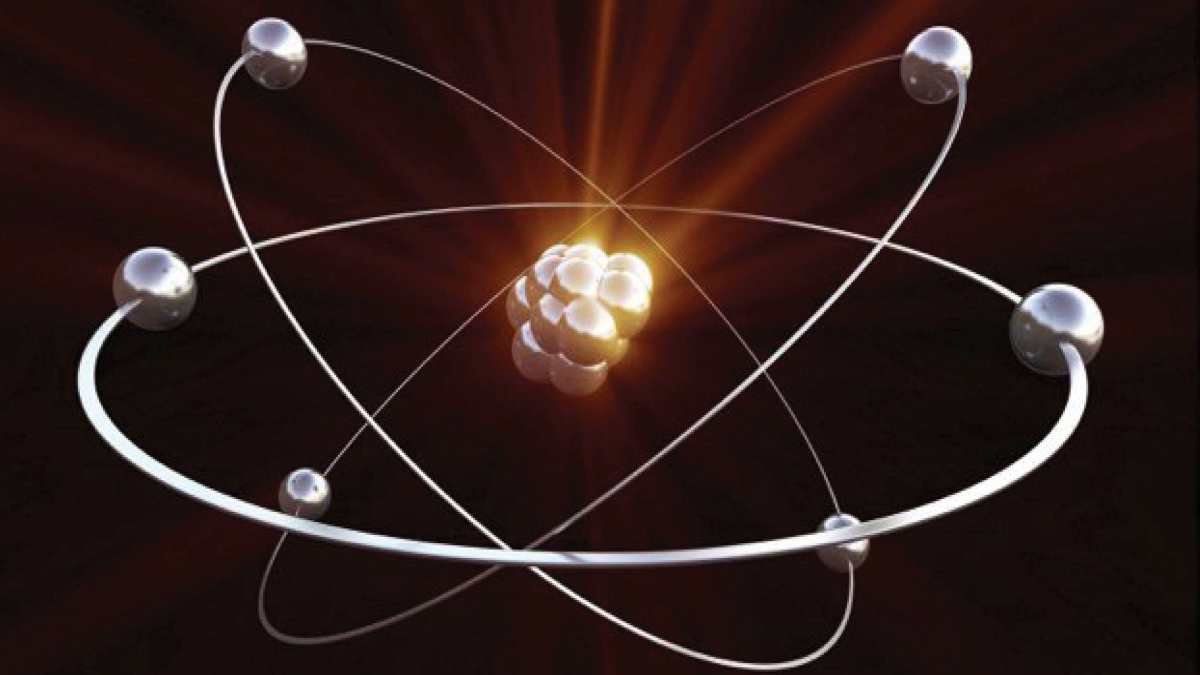
Indian knowledge tradition is a storehouse of comprehensive knowledge. If we look at the various scientific theories, as a result, we find that the first experimenter of each theory has been forgotten. In atomic theory, we remember scientists like Dalton and Rutherford, but we forgot Kanad, who propounded the theory of the ancient atom, the concepts that Kanad exposed about atoms 600 B.C., They surprisingly match the concept of Dalton (6 September 1766 – 27 July 1844). Kanad had exposed the theory of the creation of matter about 2400 years before John Dalton. Maharishi Kanad not only considered atoms as the smallest indivisible unit of elements in which all the properties of this element are present, but he also gave it the name ‘Paramanu’ and also said that atoms can never be independent. We remember Pythagoras and Euclid. But we have forgotten Baudhayana. In Baudhayan theorem, there is a concept to tell a relation between the three sides of a right-angle triangle. This theorem is usually expressed in the form of an equation as follows: The square of the hypotenuse (c) is equal to the sum of the squares of the base (a) and the perpendicular (b). Where c is the length of the hypotenuse of a right-angle triangle and a and b are the lengths of the other two sides. Pythagoras was a Greek mathematician. He is credited with discovering this theorem. However, it is believed that the information about this theorem predates him. This theorem has been mentioned in the ancient text of India, the Baudhayana Shulvasutra. Now it is also called ‘Baudhayana-Pythagoras Theorem’.
We remember Darwin, who propounded the principle of survival of the fittest, but we have forgotten the Vedic sage, the exponent of harmony and equality through ‘Sangyan Sukt’. From the examples we know that we have forgotten many sages who gave the first solutions in scientific and mathematical tradition. Through this article, I am attempting to show the fact that as fast as science moves towards the gross, it makes the distance from spirituality or conscience, while scientific experiments in search of the subtle are moving towards spirituality. It is also important here that science has come to its existance through spirituality, not the vice versa. First of all, the sage with his many day-to-day experiences and evidences presents a concept, after that the scientist proves it in the laboratory and proves its various other applications. In this context, it is very important to make a comparative study of the creation process of Sankhya philosophy and the scientific experiment of Higgs boson particle used by scientists. The founder of the Sankhya philosophy, while describing in the context of the process of creation, says that Mahat originates from Prakriti, from Mahat, the Ahamkar, and from the sattvik part of the Ahamkar, the Panch Gyanendriyas , the Panch Karmaendriyas and the mind arise. From the Tamas part of Ahamkar, the Panch Tanmatras originate, while from the Pancha Tanmatras, Panch Mahabhutas. In the Sankhya philosophy, the basic element of creation is designated by the name Prakriti or the Prime, which is the equilibrium of the Triguna (Satva, Rajas, and Tamas ). When there is dissimilarity in equilibrium, then only the creation of any element is possible. Apart from this, it is also worth mentioning here that in the Sankhya philosophy, the sequence obtained from the subtle to the gross, the origin of the Panch Mahabhutas from the five Tanmatras is a wonderful point. Pancha Mahabhuta is the manifested state of the element, whereas it is not possible to see the five Tanmatras. The order of the subtle to the gross gradually moves from latent to expressed.
If we look at the phenomenon related to the Higgs Boson — or God particle — it is such a natural phenomenon that could not be verified experimentally. There is evidence as to why particles have weight, that is, how the particle reaches from the latent to the expressed state. Along with this, it was also found out how the universe must have originated. The enigma of the Higgs boson particle was considered as one of the biggest puzzles in physics. Regarding the same, In 1993, the Nobel Prize-winning physicist Leon Lederman wrote a book named ‘The God Particle’. Weight or mass is the concept that a latent element can hold within itself. If there is no mass, then the atoms of an element will move around inside it and will not join at all. According to this principle, there is a field in every empty space which is named as Higgs field. This field contains particles called the Higgs boson. Molecules are made up of electrons, protons, and neutrons. This molecule gets its weight from the boson particle. When the particles have a mass, they meet each other. Scientists divide the particle or superfine elements into two categories – stable and unstable. Those which are stable particles have a very long life. Like protons live for trillions of years, while many unstable particles do not stay for long and their form changes. How something gets its shape and mass.
If the creation process of the Sankhya philosophy and the Higgs boson experiment are studied in a comparative perspective, then it can be inferred that the element which has been called Tanmatra in the Sankhya philosophy is the latent form of energy, which scientists have called the Higgs boson. After that, the Panchamahabhutas are the particles of mass and weight visible in the manifestation of that energy. In this way, the speed of philosophy is from subtle to gross, whereas science is moving from gross to subtle. Scientific experience depends more on the cosmic point of view, so the movement towards the subtle for cosmic use is the opening of those mysteries of spirituality which the ancient sages have established many thousand years ago with their subtle vision. It is worth mentioning here that through philosophy Indian sages had already developed the vision of the gross from the subtle, science is proving those facts verily today. Even today the practical direction of science is moving towards the subtle by thinking of the gross. Science cannot think deeply with the depth it needs. For example, the science studying the ‘eye’ can show many experiments related to the reflection of the lens by showing the eye in the form of a lens, but the fire element living in the eye, the water element living in the taste sense organ, the ether or space (Akash tatva) element living in the auditory sense, etc. Is unable to. For this subtle search, it is necessary to go to the root of these elements. The bigger the problem, the more rooted the solution is.
In conclusion, it can be said that science is only an extension of spirituality. The knowledge of the subtle or the inner world cannot be exactly the same as that of the external world. The logic or arguments used in the accomplishment of the external world cannot accomplish the inner world completely, if they had that much power, then the path of self-realization would not have been so complicated. It is worth mentioning here that the knowledge of the inner and inner world will be achieved only with the help of the experience of the ancient sages. There is a need to develop and improve those techniques, which have been developed by ancient sages in Vedic, philosophical, literary and classical form.
Dr Ayush Gupta is Assistant Professor, Department of Sanskrit, at Tilkamanjhi Bhagalpur University. Views expressed are his personal.
If we look at the phenomenon related to the Higgs Boson—or God particle—it is such a natural phenomenon that could not be verified experimentally. There is evidence as to why particles have weight, that is, how the particle reaches from the latent to the expressed state. Along with this, it was also found out as to how the universe must have originated.















